Cellists over the world relish playing the works of Johannes Brahms. The chamber music—his string quartets, piano trios, piano quartets, piano quintet, and the two string sextets are lush and rewarding to play. Brahms intended to perform the piano parts to his sonatas. Most aficionados of the music of Brahms are aware that he wrote two lovely sonatas for cello, one in E minor Op. 38, and one in F major Op. 99 but there is another sonata that Brahms himself arranged for cello, the Sonata Op. 78 for violin, originally in G major.
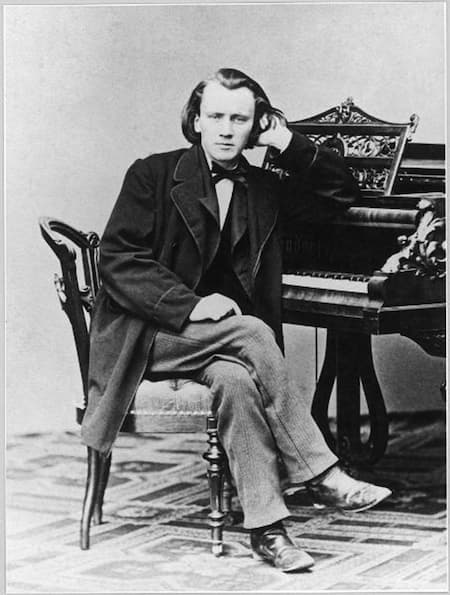
Johannes Brahms
Like much of the music of Brahms these sonatas are vast in scope, with rich, chocolatey sounds on the cello and almost symphonic piano parts. The E minor sonata, a gorgeous work, incorporates lush melodies, distinctive themes, and dramatic flourishes. Originally written in three movements with an adagio middle movement and an Allegretto quasi Menuetto last movement, Brahms added the fugal finale we play today, and he removed the Adagio in 1866 when it was published as “Sonate für Pianoforte and Violoncello.” But make no mistake. This work features the cello as an equal partner. Here are some recordings you may not be familiar with that I feel highlight the richness of these works.
Johannes Brahms: Sonata No. 1 Op. 38 in E minor
Jacqueline du Pré and Daniel Barenboïm
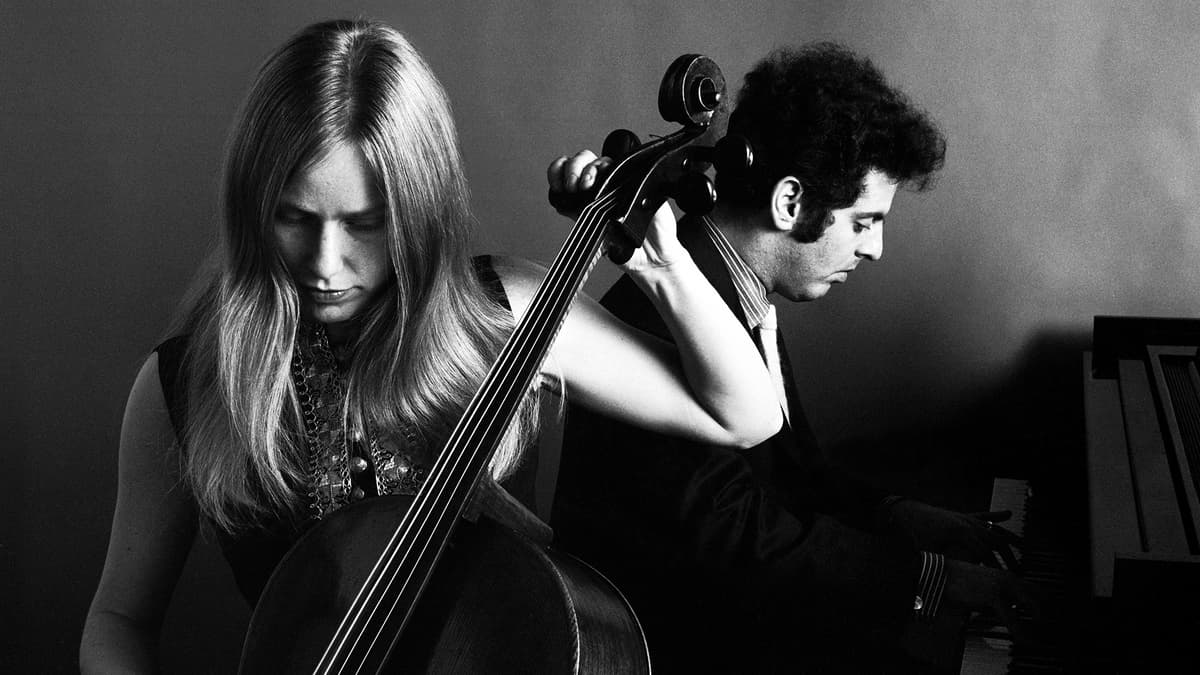
Daniel Barenboim and Jacqueline du Pré in the 1960s © Jack Robinson/Hulton Archive/Getty Images
One of the timeless recordings is with Jacqueline du Pré and Barenboim. The first movement of the E minor sonata is expansive and unhurried. They liberally use rubatos and emphasize certain harmonies especially the big chordal section in the middle. The character is at times evocative, haunting, romantic, and spacious. They take their time ending the movement. Their playing of the finale is invigorated with energy, weightiness, and ferocity.
Johannes Brahms: Cello Sonata No. 1 in E Minor, Op. 38 – I. Allegro non troppo (Jacqueline du Pré, cello; Daniel Barenboïm, piano)
Johannes Brahms: Cello Sonata No. 1 in E Minor, Op. 38 – III. Allegro (Jacqueline du Pré, cello; Daniel Barenboïm, piano)
Zara Nelsova and Grant Johannsen
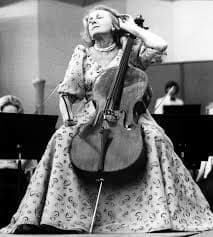
Zara Nelsova
Zara Nelsova had a sumptuous cello sound. Her recording of the E minor sonata with her longtime partner Grant Johannesen is a classic. Their tempos are forward moving, achieving an urgency yet never compromising the lyricism especially enhanced by her scintillating and ever-present vibrato. The first movement is quite a bit faster than the playing of Du Pré and Barenboim. You will find the Allegretto quasi Moderato is also more lyrical than some players play—rarely lingering, with longer notes and vibrato throughout.
Johannes Brahms: Cello Sonata No. 1 in E Minor, Op. 38 – I. Allegro non troppo (Zara Nelsova, cello; Grant Johannsen, piano)
Johannes Brahms: Cello Sonata No. 1 in E Minor, Op. 38 – II. Allegretto quasi moderato (Zara Nelsova, cello; Grant Johannsen, piano)
Gary Hoffman and Claire Désert
The recording of both sonatas by Gary Hoffman and Claire Désert is gorgeous. They play The E minor sonata first movement lovingly and again on the slower side. Although several phrases are understated, I find it exquisite playing.
Johannes Brahms: Cello Sonata No. 1 in E Minor, Op. 38 – I. Allegro non troppo (Gary Hoffman, cello; Claire Désert, piano)
Johannes Brahms: Sonata No. 2 Op. 99 in F Major
Brahms wrote his Sonata in F Major in 1886, more than two decades after the first. Dedicated to the eminent cellist Robert Hausmann, who also would premier the Double Concerto, the work is in four movements. It takes us on a journey through every expression of the cello.
Pierre Fournier and Wilhelm Backhaus
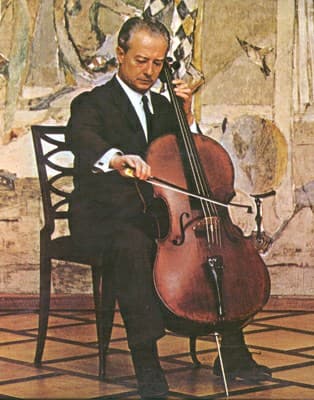
Pierre Fournier
The aristocrat of the cello, Pierre Fournier—thus named as his sound was so refined—and Wilhelm Backhaus play a gorgeous rendition of this piece. Although it is fairly straightforward with few rubatos, and tempos are forward-moving, (the slow movement is a brisk five minutes!) the tender passages are lovingly sculpted and the brilliant passages are arresting. The clarity with which they play brings out the overall structure. The last movement is unaffected and lovely.
Johannes Brahms: Sonata No. 2 Op. 99 in F Major – I. Allegro vivace (Pierre Fournier, cello; Wilhelm Backhaus, piano)
Johannes Brahms: Sonata No. 2 Op. 99 in F Major – II. Adagio affettuoso (Pierre Fournier, cello; Wilhelm Backhaus, piano)
Johannes Brahms: Sonata No. 2 Op. 99 in F Major – IV. Allegro molto (Pierre Fournier, cello; Wilhelm Backhaus, piano)
Jacqueline du Pré and Daniel Barenboïm
One finds that Barenboim leads with his distinctive stamp on the interpretation in this recording. The piece is performed much slower. In fact, the slow movement, Adagio Affettuoso is two and a half minutes longer than Fournier/Bachhaus. The pair play expansively while still warmly. The Allegro Passionato movement III is quite different than one normally hears. They maintain an unhurried, lyrical quality even as the rhythm pulsates. To my taste, their last movement is on the aggressive side. Although their slow movement, and the Nelsova and Lothar Broddack interpretation are both gorgeous, I favor the latter’s fourth movement. Nelsova and Broddack play the third movement with longer notes, singing, and Nelsova’s beauty of tone is remarkable throughout. This set of recordings by Nelsova encompasses a wide array of repertoire and is amazing in scope.
Johannes Brahms: Sonata No. 2 Op. 99 in F Major – II. Adagio affettuoso (Jacqueline du Pré, cello; Daniel Barenboïm, piano)
Johannes Brahms: Sonata No. 2 Op. 99 in F Major – III. Allegro passionato (Jacqueline du Pré, cello; Daniel Barenboïm, piano)
Zara Nelsova and Lothar Broddack
Johannes Brahms: Sonata No. 2 Op. 99 in F Major – III. Allegro passionato (Zara Nelsova, cello; Lothar Broddack, piano)
Johannes Brahms: Sonata No. 2 Op. 99 in F Major – IV. Allegro molto (Zara Nelsova, cello; Lothar Broddack, piano)
Gary Hoffman and Claire Désert
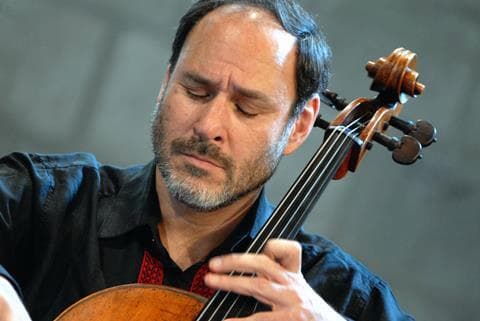
Gary Hoffman
The first movement of the F Major sonata by these artists is brilliant with contrasting sections that are tender and hesitant, and their slow movement is beautifully expansive. Hoffman plays the beginning of the third movement with very clipped and aggressive short notes and contrasts these later with more longer singing strokes. The middle section is so delicately played it soars. They skillfully capture the drama and mysterious qualities of the piece.
Johannes Brahms: Sonata No. 2 Op. 99 in F Major – I. Allegro vivace (Gary Hoffman, cello; Claire Désert, piano)
Johannes Brahms: Sonata No. 2 Op. 99 in F Major – II. Adagio affettuoso (Gary Hoffman, cello; Claire Désert, piano)
Just for fun here is my live recording of the first movement with Canadian pianist Arthur Rowe.

Janet Horvath
Johannes Brahms: Sonata in F (Janet Horvath, cello; Arthur Rowe, piano)
Johannes Brahms: Sonata Op. 78 in G major
Perhaps violinists might be offended hearing “their” sonata on the cello. The Brahms Sonata Op. 78 originally in G major for violin, was arranged for cello for the eminent cellist Robert Hausmann, by Brahms himself. The edition was lost for a time and rediscovered in the Vienna Conservatory library in the early 1970s. Before then, recordings of this version state the arrangement was “anonymous” or were attributed to the teacher, pianist, violinist, composer, and editor Paul Klengel whose brother Julius was an excellent cellist. The piece resurfaced in 1974 when János Starker and Rudolf Buchbinder performed the American premiere in Chicago.
The third Sonata in G for cello is in the key of D in three movements and is full of lovely melodies.
János Starker and Shigeo Neriki
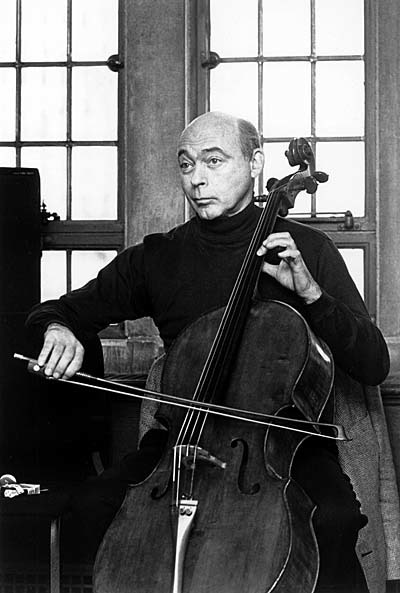
János Starker
János Starker and Shigeo Nerike recorded the Sonata in 2010. Starker plays the high flourishes gracefully and effortlessly, virtually violinist-like. The performers do not sacrifice the longer lines and play with forward-moving tempos. After all, the first movement is marked Vivace ma non troppo, (lively and brisk.) Throughout the overarching form is crystal clear and the playing is sparkling.
Johannes Brahms: Violin Sonata No. 1 in G Major, Op. 78 (version for cello and piano) – I. Vivace ma non troppo (János Starker, cello; Shigeo Neriki, piano)
Johannes Brahms: Violin Sonata No. 1 in G Major, Op. 78 (version for cello and piano) – III. Allegro molto moderato (János Starker, cello; Shigeo Neriki, piano)
Mischa Maisky and Pavel Gililov
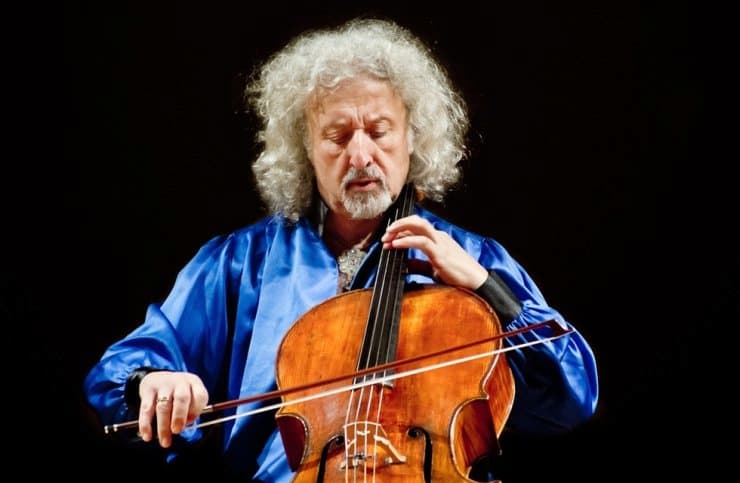
Mischa Maisky © Deutsche Grammophon
Mischa Maisky and Gililov open the movement straight out of heaven with a quality of sound that transports. They perform all of the movements more slowly than Starker but the first movement is especially languorous. The pair explore the uneasy moments as well as the heartrending phrases while taking a great deal of liberties to bring out the harmonies. It is dramatic and passionate playing.
Johannes Brahms: Violin Sonata No. 1 in G Major, Op. 78 (version for cello and piano) – I. Vivace ma non troppo (Mischa Maisky, cello; Pavel Gililov, piano)
Johannes Brahms: Violin Sonata No. 1 in G Major, Op. 78 (version for cello and piano) – III. Allegro molto moderato (Mischa Maisky, cello; Pavel Gililov, piano)
Boris Pergamenščikov and Pavel Gililov
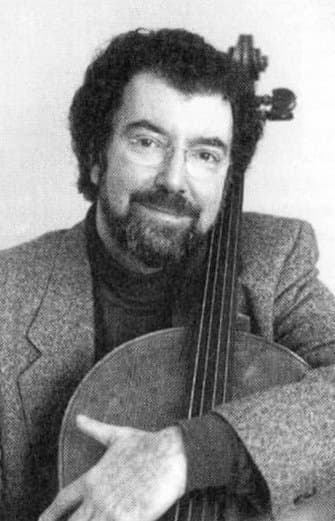
Boris Pergamenščikov
This recording is minutes longer than the two aforementioned performances! The opening is gorgeous but each note and phrase are indulged. We revel in Pergamenščikov’s rich cello sound but one might feel the longer lines are lost. It is nonetheless a tender, wistful, and decidedly romantic interpretation.
Johannes Brahms: Violin Sonata No. 1 in G Major, Op. 78 (version for cello and piano) – I. Vivace ma non troppo (Boris Pergamenščikov, cello; Pavel Gililov, piano)
Johannes Brahms: Violin Sonata No. 1 in G Major, Op. 78 (version for cello and piano) – II. Adagio (Boris Pergamenščikov, cello; Pavel Gililov, piano)
There are numerous wonderful recordings of these sonatas—too many to mention—and like the Bach Suites, and the Beethoven Cello Sonatas, the Brahms sonatas are such masterpieces that they lend themselves to differing interpretations but never lose their impact and beauty.
For more of the best in classical music, sign up to our E-Newsletter
